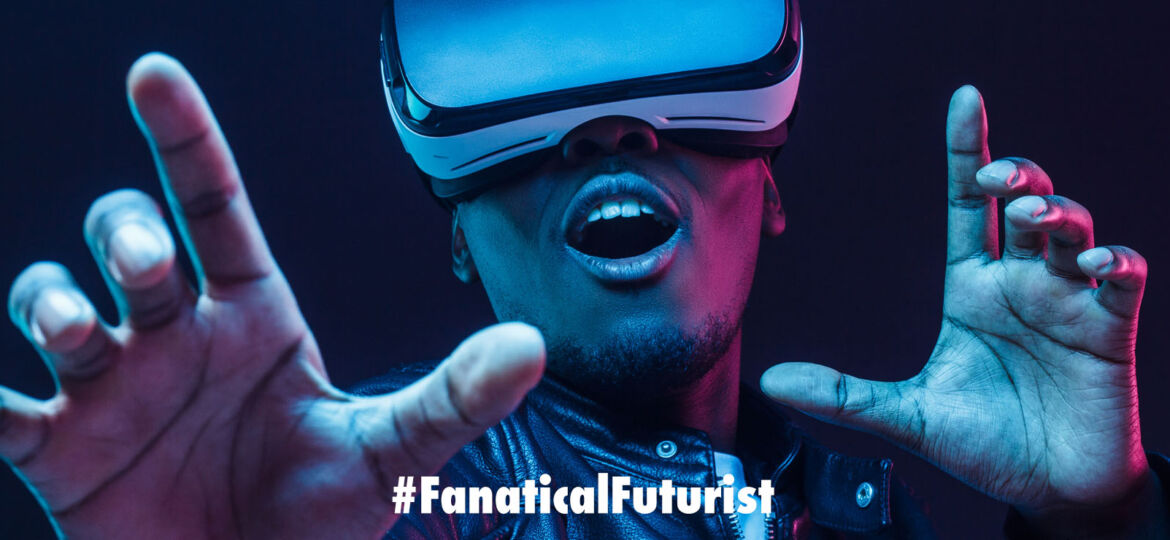
WHY THIS MATTERS IN BRIEF
Virtual reality is good, but it’s not great yet – this tech lets gamers both experience and feel the game.
 Interested in the future and want to experience even more?! eXplore More.
Interested in the future and want to experience even more?! eXplore More.
Virtual Reality (VR) worlds look great, but, unless you have something like touch sensitive gloves from Plexus that I’ve talked about before, the sensation of being immersed in a virtual world breaks as soon as you try to reach out and touch something. In order to add more physical feedback to you VR experience though the team at Disney Research recently unveiled a prototype wearable device they call the “Force Jacket,” that uses a set of inflatable bags to simulate pressure and force in perfect sync with visuals.
Most of the tactile feedback systems that in the works for VR use haptic motors that create vibrations, and we’ve seen these embedded into gloves, boots, and even a full-body suit. The Force Jacket, created with help from engineers at MIT and Carnegie Mellon University, uses a different method to simulate varying amounts of pressure or vibrations across the wearers torso and down the arms.
Woven inside the Force Jacket are 26 bags that can be quickly inflated and deflated independently, thanks to tubes hooked up to an air compressor and a vacuum pump. The system can puff up combinations of these bags at different speeds and to different degrees, to simulate various “feel effects” on different parts of the body. A quick inflation on your side, for example, can feel like a punch, while a slower, gentler movement could mimic a hug. And rapidly filling and deflating the bags can create vibrations.
To test the system out, the designers had 16 volunteers wear the Force Jacket and play some rough virtual reality apps. With visuals helping out, the researchers were able to recreate some very specific sensations, including a tap on the shoulder, slime dripping on their back, bugs crawling up their arms, a snowball hitting their chest, and even the feeling of a snake coiling its way around your body, moving and tightening around different parts. The vibrations, meanwhile, were able to simulate feelings like riding a motorbike, rain pattering down on your shoulders, or the sensation of a racing heartbeat. And apparently the sensations, according to the volunteers were “awesome.”
The Force Jacket has some clear potential applications in making VR experiences feel far more immersive, but it’s not something you’re likely to see in your own home for a while. Since it’s driven by an air compressor and vacuum pump, which would have to be significantly miniaturised, or even eliminated, the rig is far too bulky for personal use, but it could show up in permanent installations like VR games arcades.
While there’s no guarantee that the Force Jacket will eever turn into a product, I can’t help but feel like it would be well suited to a future VR attraction at a Disney theme park – and having the word “force” in the name might be a clue as to what theme such a game might take. After all, a recent patent for a lightsaber battle system at Disneyland made mention of a haptic feedback suit and now suddenly Disney have one…
For now though all you can do is dream about the day when you can leave the real world behind, for real, and immerse yourself in some virtual paradise somewhere – or an intergalactic war. Your choice.
The research paper describing the Force Jacket was published online.
Source: Disney Research
















